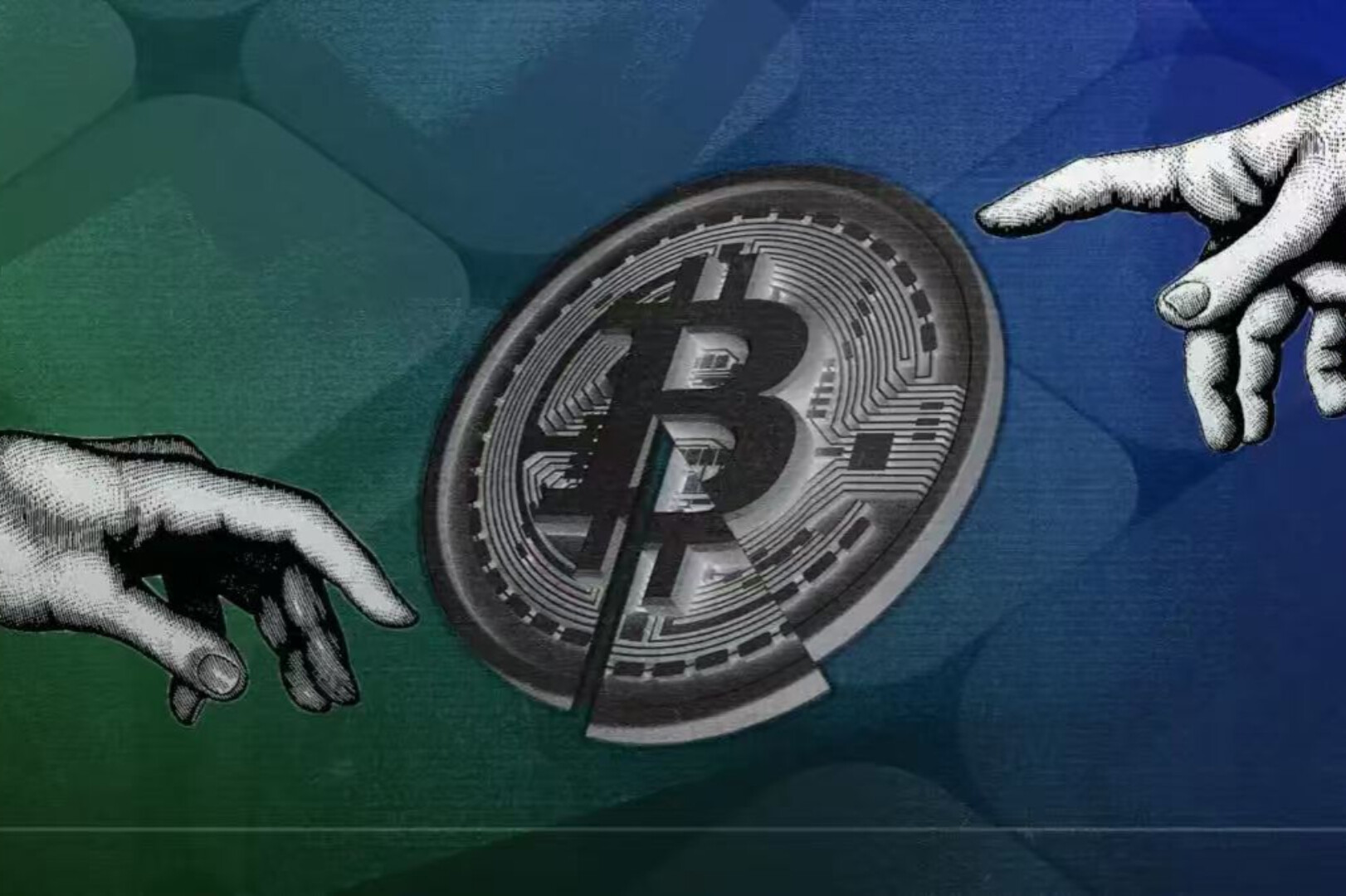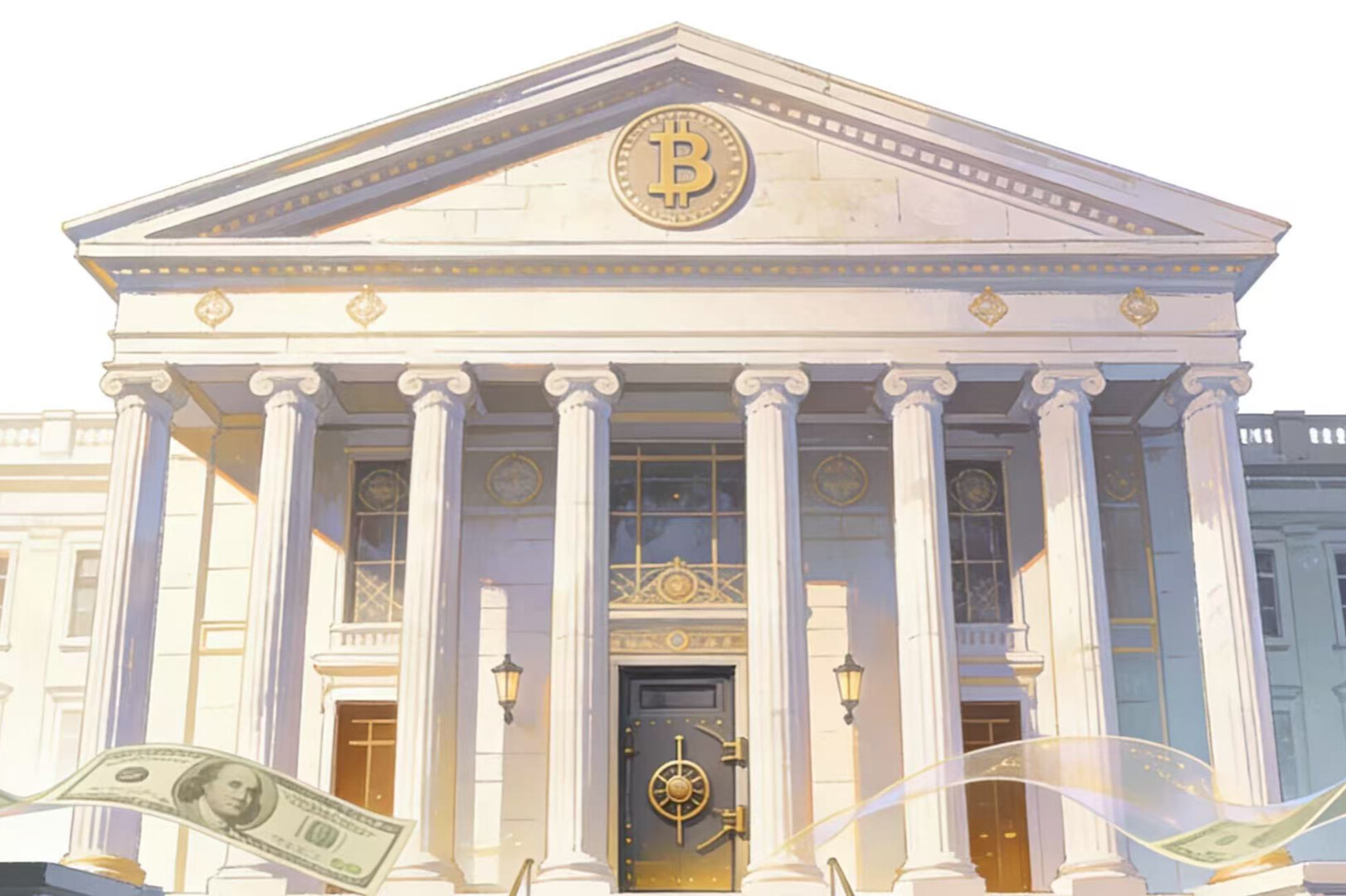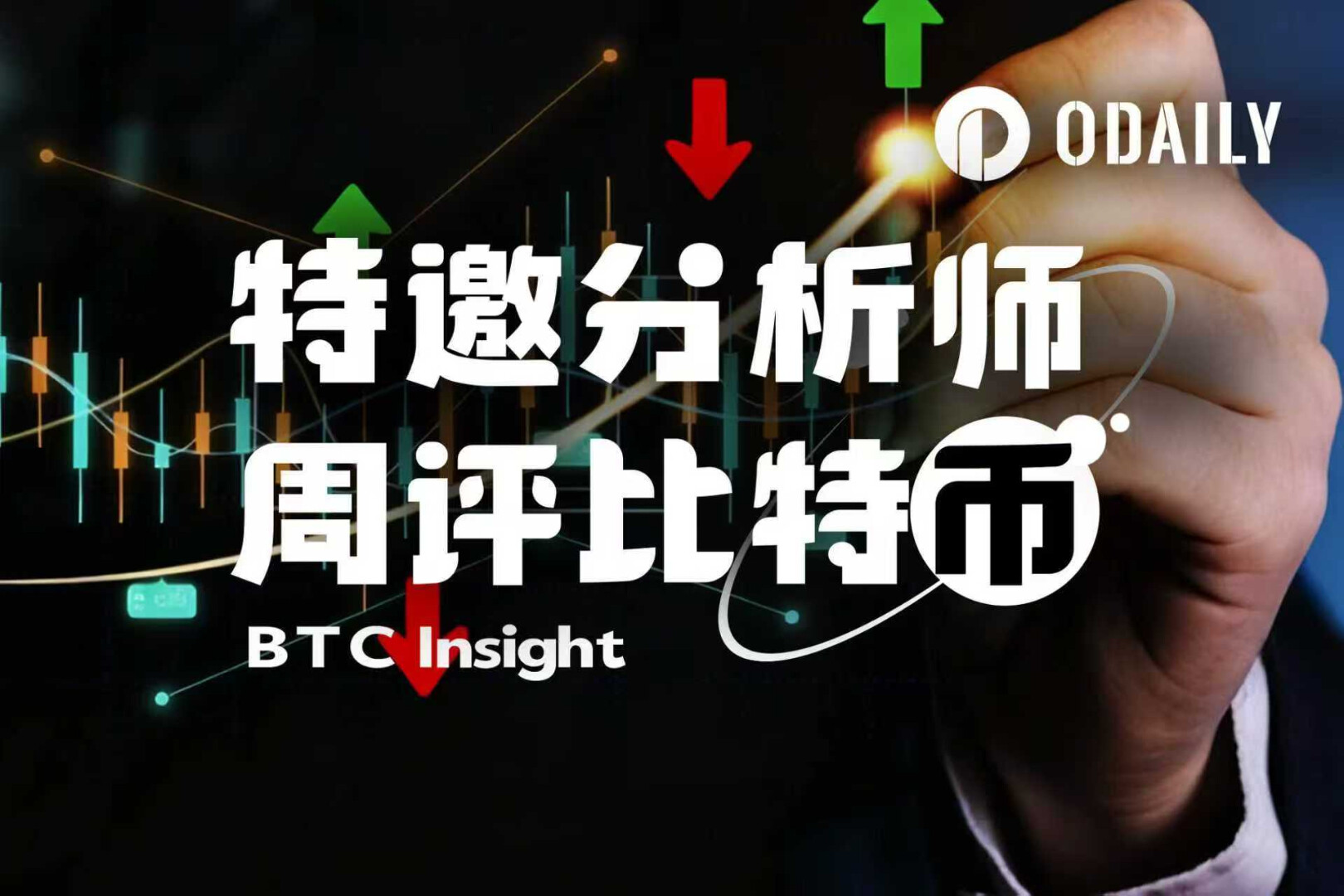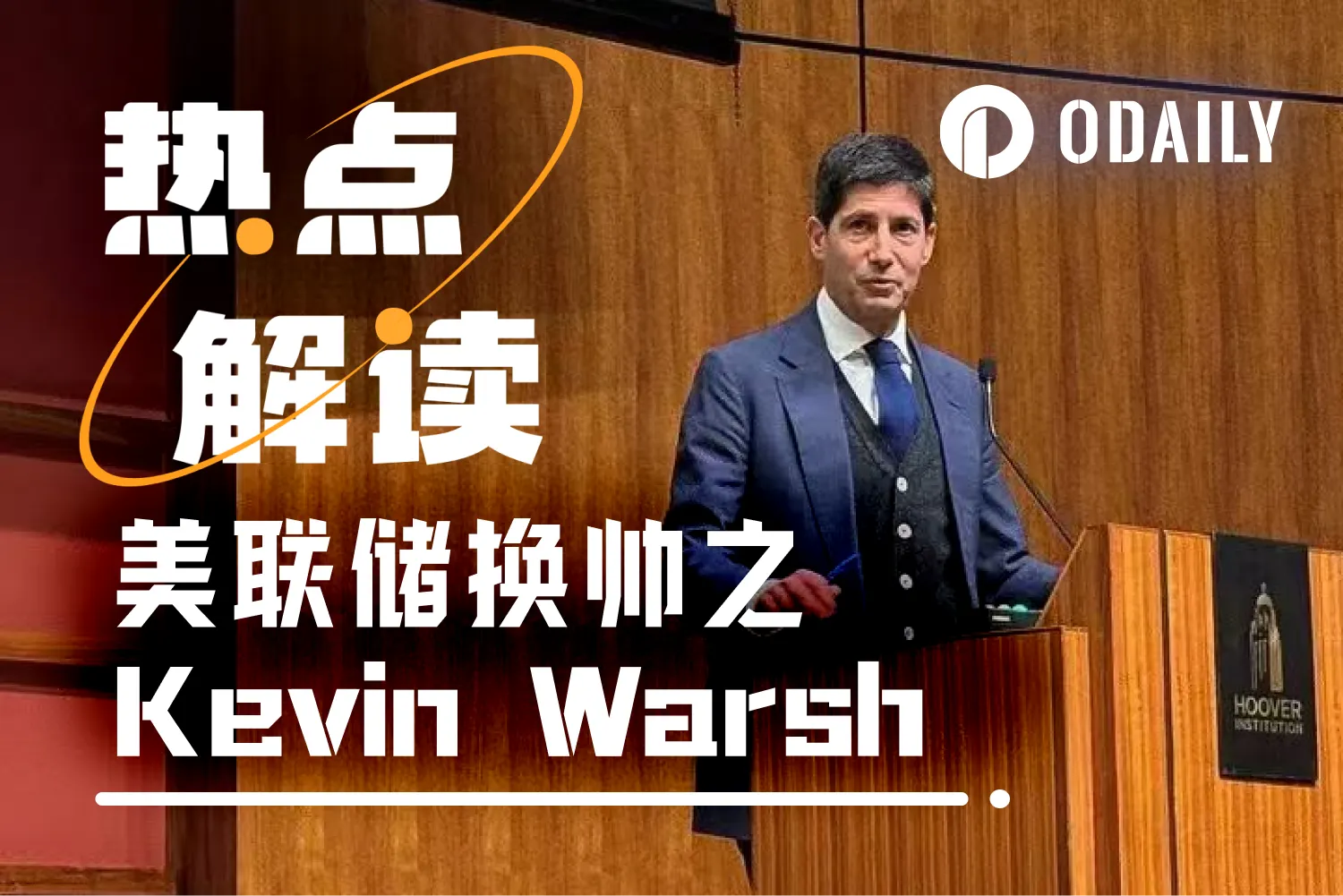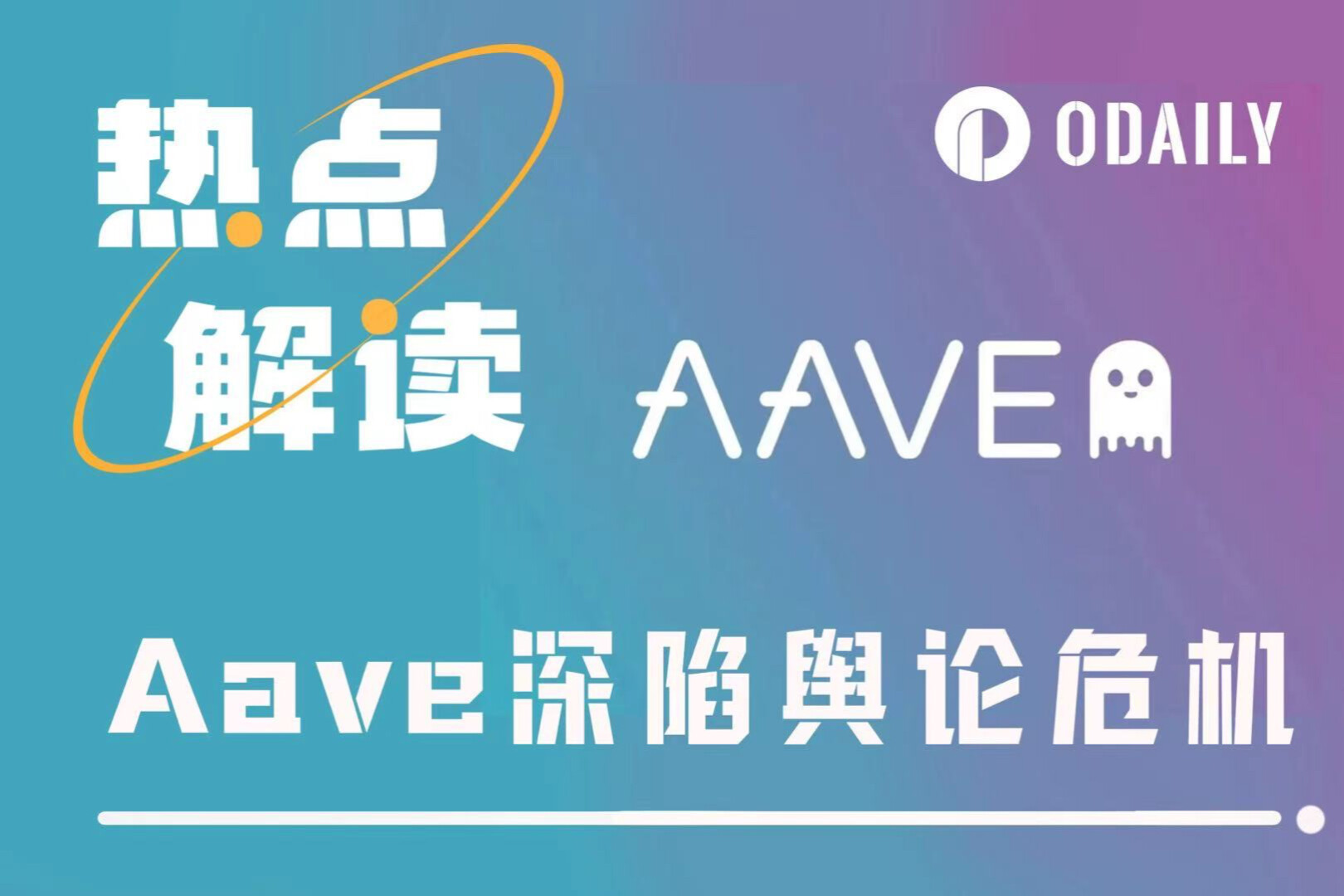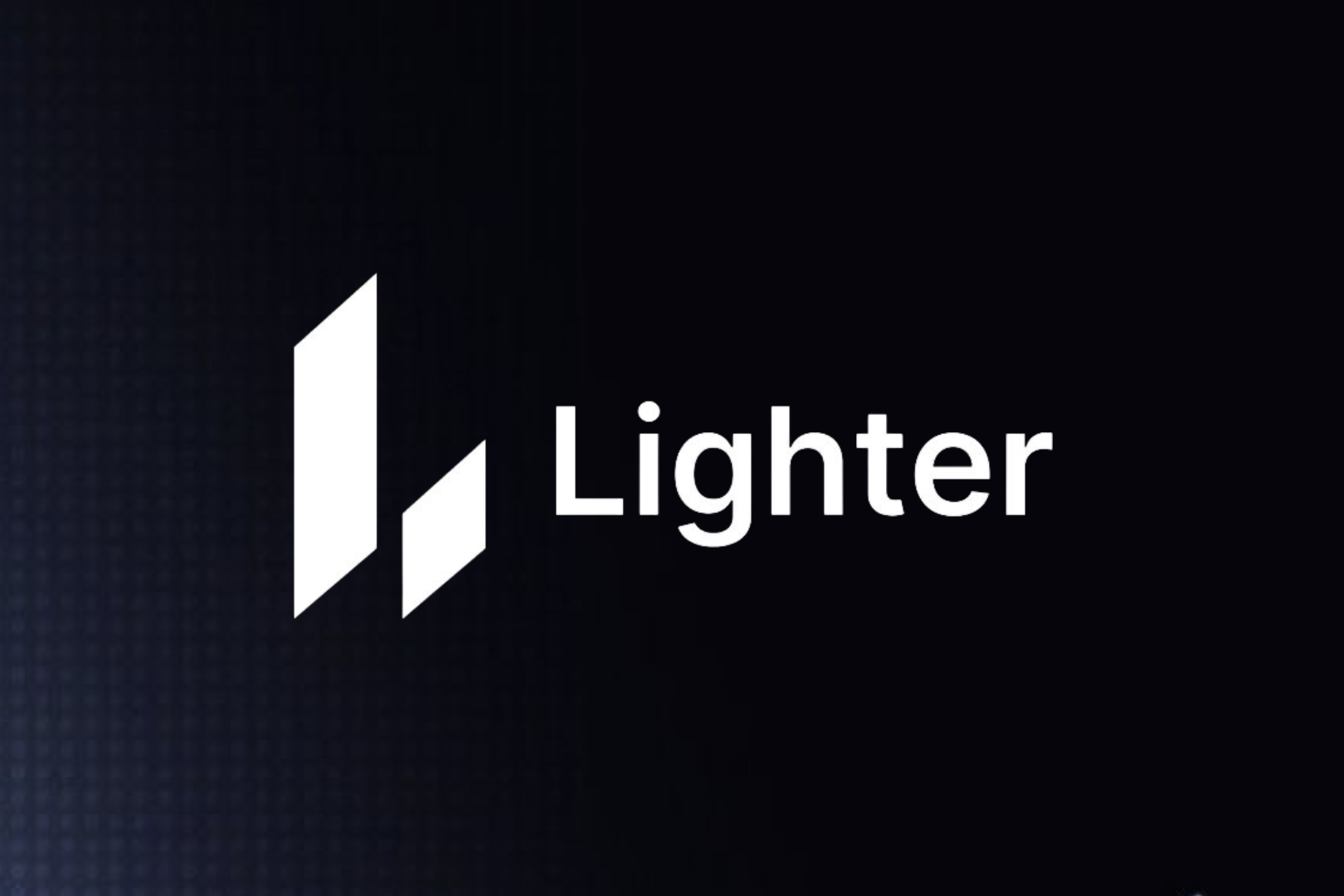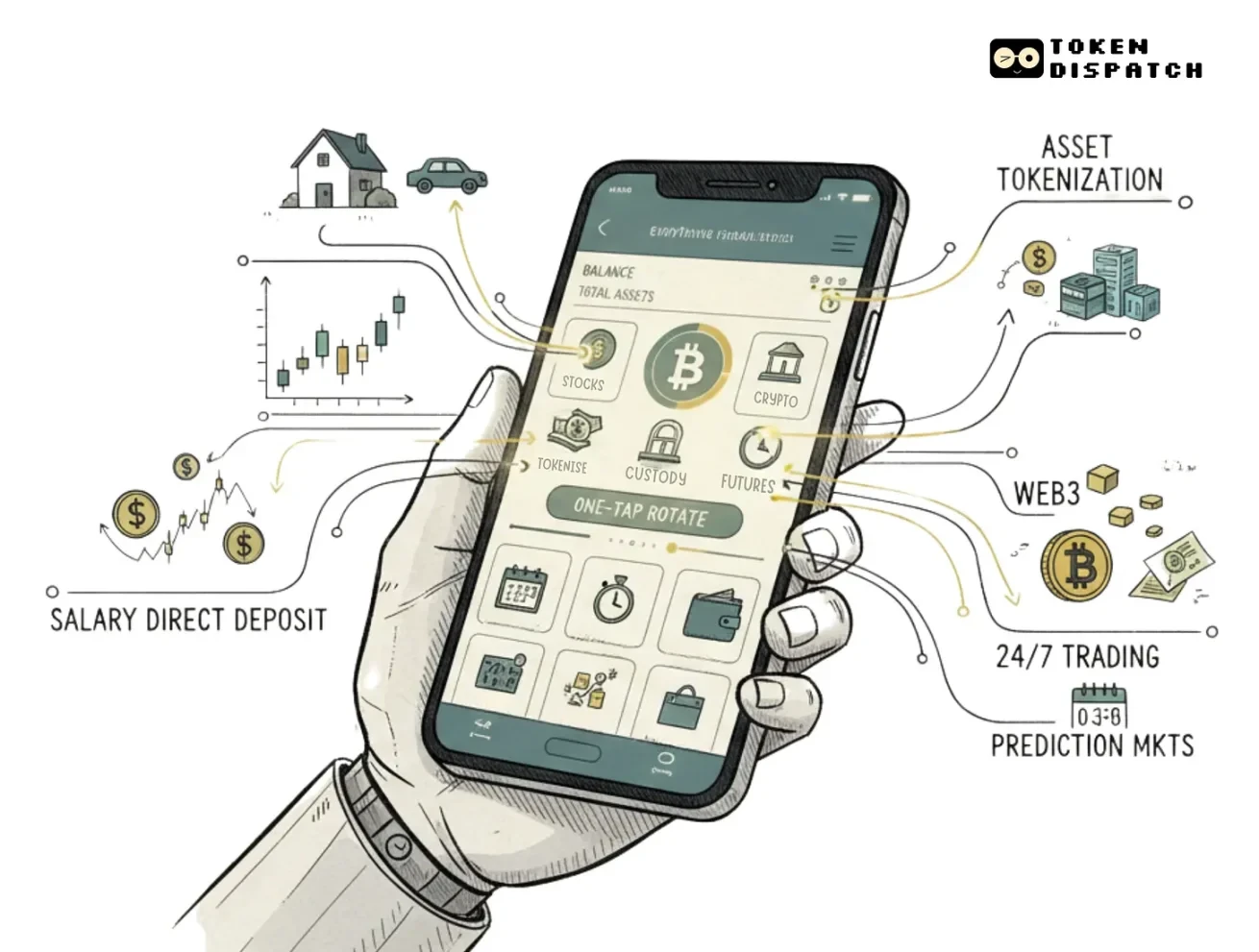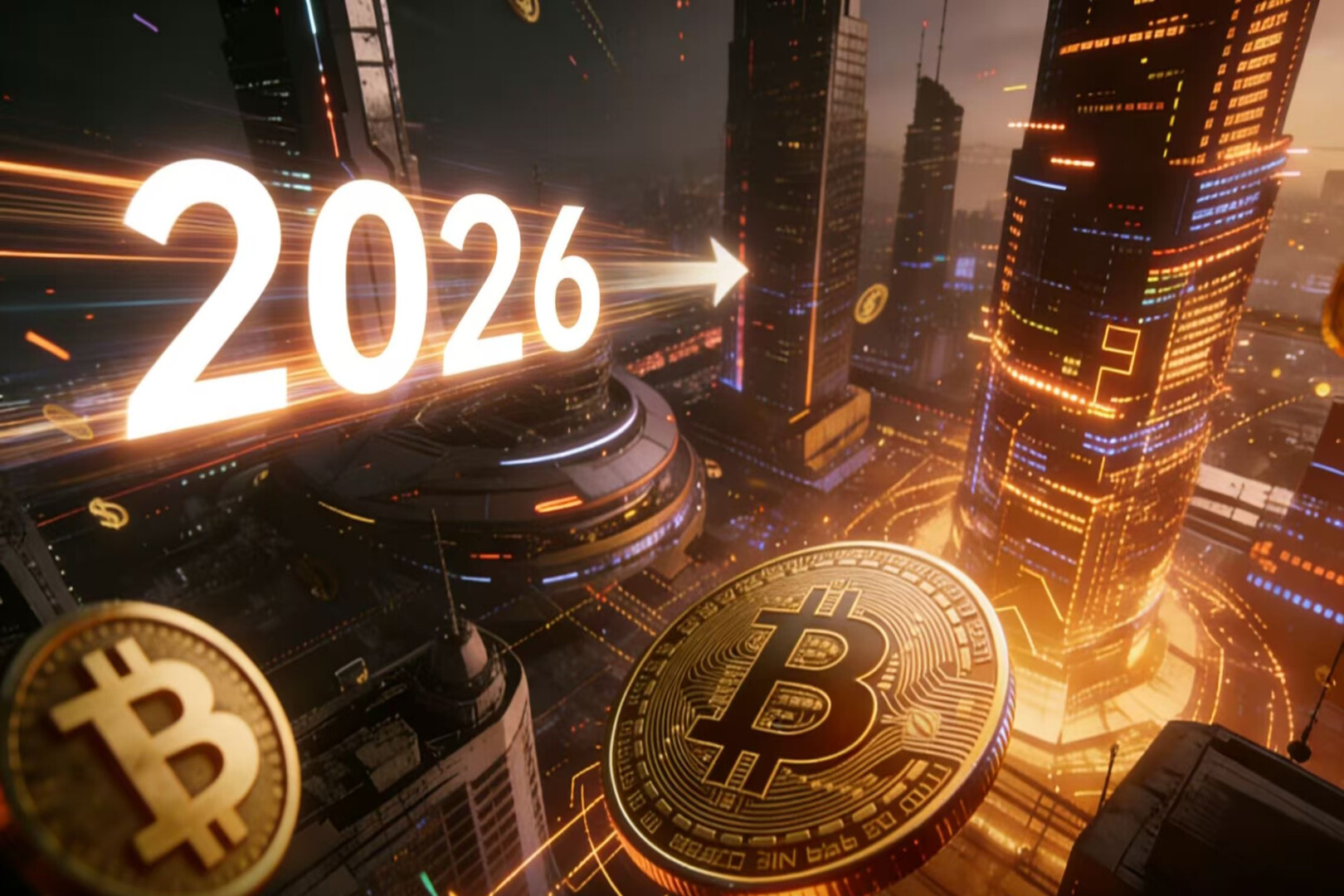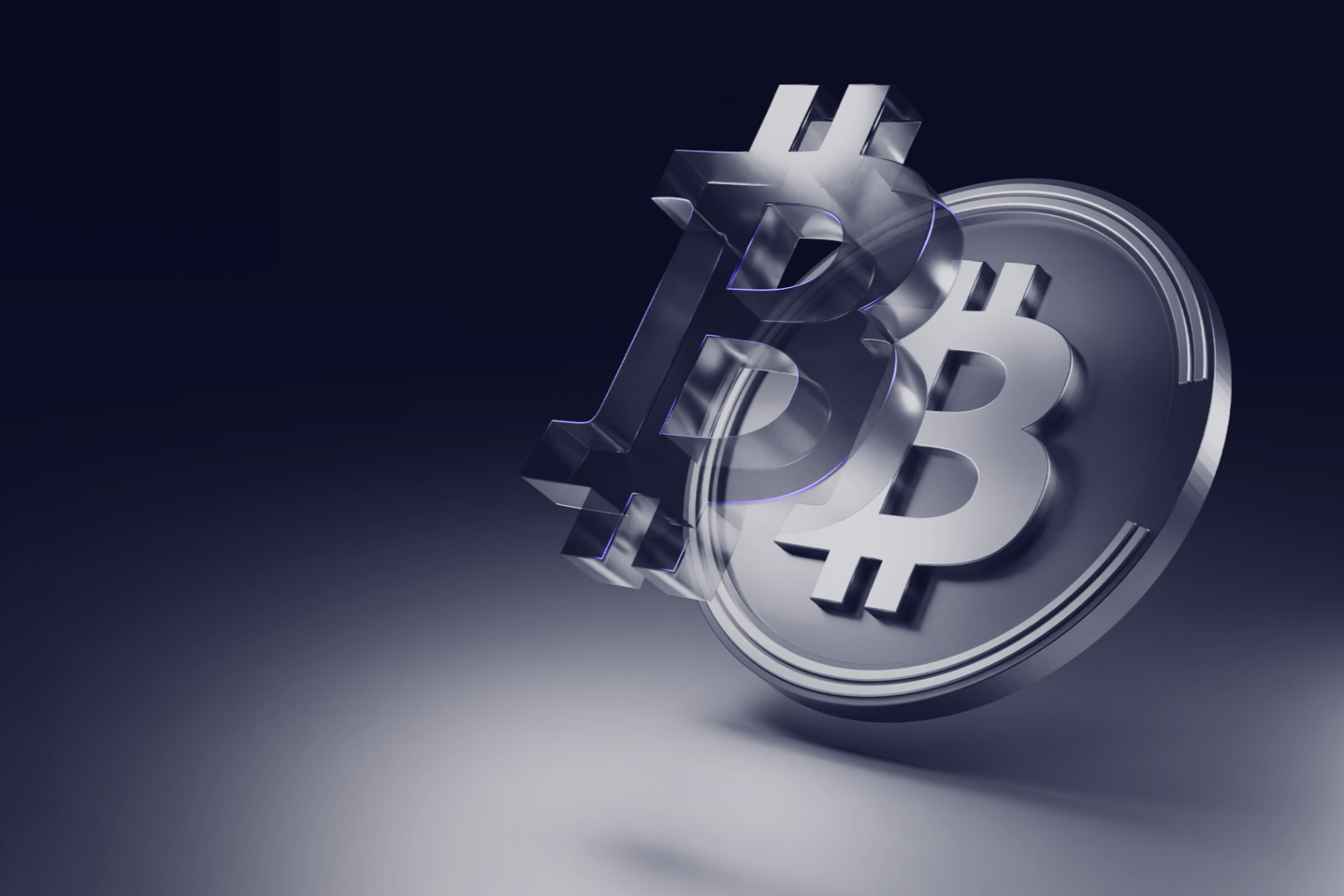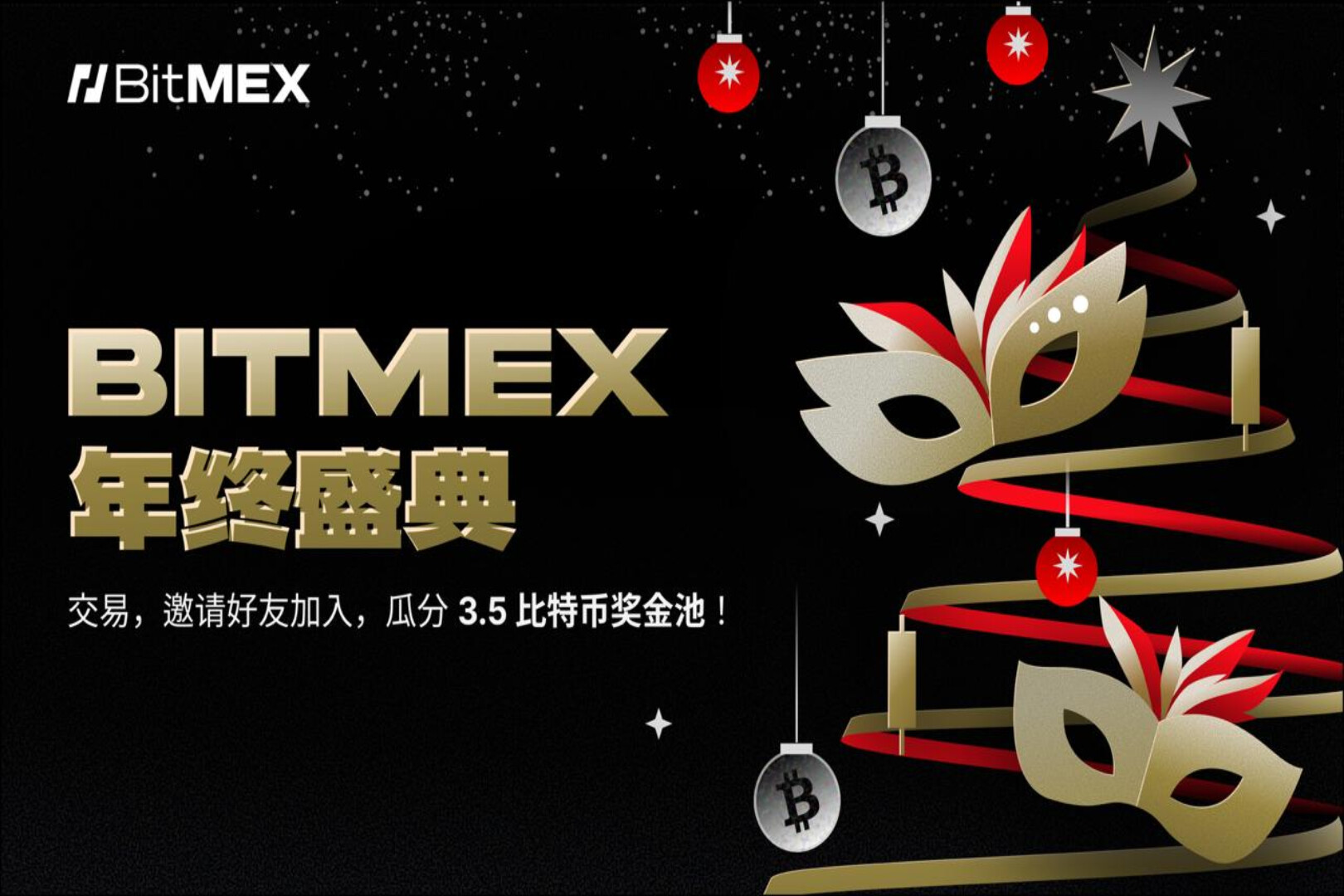As a former VC investor, what's your take on the current "VC is dead" rhetoric on CT? This is a paid question, and I'll answer it seriously. I also have many thoughts on this argument. Let me state my conclusions first: 1. It's an undeniable fact that some VCs are dead. 2. Overall, VCs won't die; they will continue to live and drive the industry forward. 3. VCs, like projects and talent, are entering a phase of "clearing out" and "survival of the fittest," somewhat similar to the dot-com bubble of 2000. This is the "debt" from the last bull market. After a few years of repayment, it will enter a new phase of healthy growth, but the threshold will be much higher than before. Let me elaborate on each point: 1. Some VCs are dead - Asian VCs are probably the worst off in this round. Starting this year, most of the top ones have either shut down or dissolved. The remaining ones may not make a single move for several months, focusing on exiting their current portfolios. Raising new funds is also quite difficult. Second- and third-tier European and American VCs were relatively okay in the first half of the year, which is related to their LP structure and fund size. However, in the second half of the year, especially in the last month or two, some Asian VCs have clearly shown a downward trend in their investment frequency. Some have simply stopped investing or transformed into pure liquid funds. Investment managers/partners have started telling me on Telegram, "It's too difficult, it's hard to exit." The 1011 debacle had a devastating impact on altcoin liquidity, and now it's starting to affect VC confidence. The top-tier VCs in Europe and America seem unaffected, at least superficially. In reality, this VC "bear market" is a "delayed effect" following the Luna debacle in 2022. While the secondary market was bearish, the primary market, in terms of project valuations and the amount of capital raised by VCs, wasn't significantly affected. Many new VCs were even established after the Luna debacle (such as ABCDE). The initial strategy wasn't flawed; several star DeFi projects like MakerDAO and Uniswap were built during the 2018-2019 bear market. VCs from that 2018-2019 wave made a fortune in the 2021 bull market. The idea was to invest in good projects during a bear market and reap huge profits when the bull market came! However, the reality was far from ideal. There are three reasons for this: First, the narrative and massive monetary easing in 2021 were too insane. In 2018-2019, the difference between good and bad projects for VCs wasn't significant; everything skyrocketed, with any project yielding tens or even hundreds of times its initial investment. This also meant that the valuations and funding amounts of new projects in the primary market in 2022-2023 remained relatively high even during the bear market due to the anchoring effect, and were not significantly affected by the secondary market. This is the "delayed effect" of the primary market bear market that I mentioned above. Secondly, the four-year cycle was broken. There was no so-called "alt market season" in 2025. This was due to macroeconomic reasons, the excessive number of imitations and insufficient liquidity, the gradual demystification of narratives and the fact that people no longer buy into PPTs and VC endorsements, the AI boom, and the siphon effect of "true value investing" in the US stock market on funds in the crypto market. Anyway, the previous pattern will not be repeated. It is impossible to replicate the dream of investing in good projects in 2019 and achieving a 100x return in 2021. Thirdly, even if the four-year cycle repeats, the terms of this round of VC investment are completely different from the previous round. Some of our portfolios invested in in early 2023 have not yet issued tokens after 2 or 3 years. Even with TGE, they still have to be locked for another year and then released for another two or three years. A project invested in in 2023 may not receive the last batch of tokens until 2028-2029, directly skipping one and a half cycles. In the crypto world, how many projects can survive through economic cycles and still thrive? Very few. 2. VCs as a whole won't die – There's really nothing to worry about here. As long as the industry survives, VCs won't die either. Otherwise, who will provide the resources to realize new ideas, new technologies, and new directions? We can't rely entirely on ICOs or KOL rounds, can we? ICOs are more about getting some retail investors and the community on board and creating hype, while KOL rounds are mainly for dissemination. These are things that happen in the later stages of a project. In the very early stages, with just one or two founders and a PowerPoint presentation, only VCs can truly understand and actually fund it. I've talked to over 1000 projects in over two years (A, B, C, D, E), and ultimately only invested in 40. Of those 40 carefully selected, I estimate another 20 or 30 will fail. Many of the projects you see on the market that you consider "garbage" have already been screened many times and are considered relatively "high-quality." Otherwise, if all 1000+ projects launched ICOs and KOL rounds, how could retail investors, and even KOLs, possibly distinguish them? Think about the phenomenal projects from the last round to this round. Aside from a very few exceptions like Hyperliquid, which one didn't have VC backing? Whether it's Uniswap, AAVE, Solana, Opensea, PolyMarket, Ethena… no matter how much you might be anti-VC, the industry still needs the combined efforts of founders and VCs to move forward. A few days ago, I talked about a prediction market project that was completely different from most copycats of Polymarket/Kalshi. It was extremely differentiated. I've shared it with some VCs and KOLs these past few days, and the feedback has been very interesting; they want to schedule a chat. You see, good projects don't die, and neither do good VCs. 3. The threshold for VCs, projects, and talent will rise, trending towards a Web2-VC model where reputation, funding, and professionalism are clearly entering a phase where the strong get stronger. The most important thing about a VC's reputation and brand isn't how famous you are among retail investors, but whether the developers, or founders, are willing to take your money, and why they choose your money over another VC's. This is the true moat of a VC. This round of VC funding is clearly similar to that of CEXs, shifting from a pyramid structure to a pin-like structure. We've moved from looking at narratives and white papers in the previous round (or even ignoring them altogether, like Li Xiaolai's 2017 idea that raised hundreds of millions), to looking at TVL, VC endorsements, narratives, and transactions in the last round, and now to looking at real user numbers and protocol revenue... It feels like we're finally getting closer to the direction of US stock markets. Jeff from Hyperliquid once said in an interview that the only business model for most crypto projects is selling tokens, because at TGE (Tencent Genesis), they have nothing but a mainnet, no ecosystem, no users, no revenue... so they can only sell tokens. Imagine a US company listing with only a corporate entity and a bunch of employees, maybe some factories and workshops, but no customers, no revenue—no wonder they can't get listed on Nasdaq! Why can we Web3 companies directly TGE or list?! Polymarket and Hyperliquid set a good example in this round. One spent several years building a large number of real users and revenue, even creating a new sector, before considering issuing a token. The other initially attracted early users with the expectation of a token airdrop, but their product was unbeatable. Even after issuing the token, people continued to use it, making the project itself a cash cow, with 99% of its revenue used to buy back tokens. When a project has real users and real revenue beyond the farmer level, then we can talk about TGE and listings. That's when our industry will truly be on the right track. Talent - A big reason I've always been confident in Web3 is because this industry gathers some of the smartest people in the world. I've written before that of the more than 1,000 projects I've talked to, nearly half have founders and core teams who are graduates of Ivy League universities. Domestic founders are almost exclusively from Tsinghua and Peking Universities, with the occasional few from Zhejiang University, Shanghai Jiao Tong University, or Xiamen University (all 985 universities). Of course, this isn't about academic qualifications; I myself am not from a prestigious university. However, it's undeniable that from a statistical perspective, the concentration of so many highly intelligent individuals here, even if only due to the wealth effect, will inevitably lead to some useful and interesting creations. That's why I previously said that although the market is bearish, the direction of this round of startups is actually quite clear: stablecoins, PERP, on-chain computing, prediction markets, and the Agent Economy all have definite product-market fit (PMF). A good founder plus a good VC can definitely create truly good products. Polymarket and Hyperliquid have set the best examples, and I believe we'll see more star products emerge in the next year or two. For ordinary people, Web3 remains the most promising place to go from nobody to somebody—of course, this "most promising" is compared to the infernal difficulty of Web2, which is already incredibly competitive. Compared to the previous cycle, the difficulty has gone from Easy to Hard. I remember seeing a tweet from a Web3 VC partner the other day, saying that when recruiting a junior intern, he received over 500 resumes in just a few days, many from graduates of prestigious universities, which scared him so much that he immediately shut down the job posting. So ultimately, it comes down to this: pessimists are always right, optimists always move forward.
... Expand


